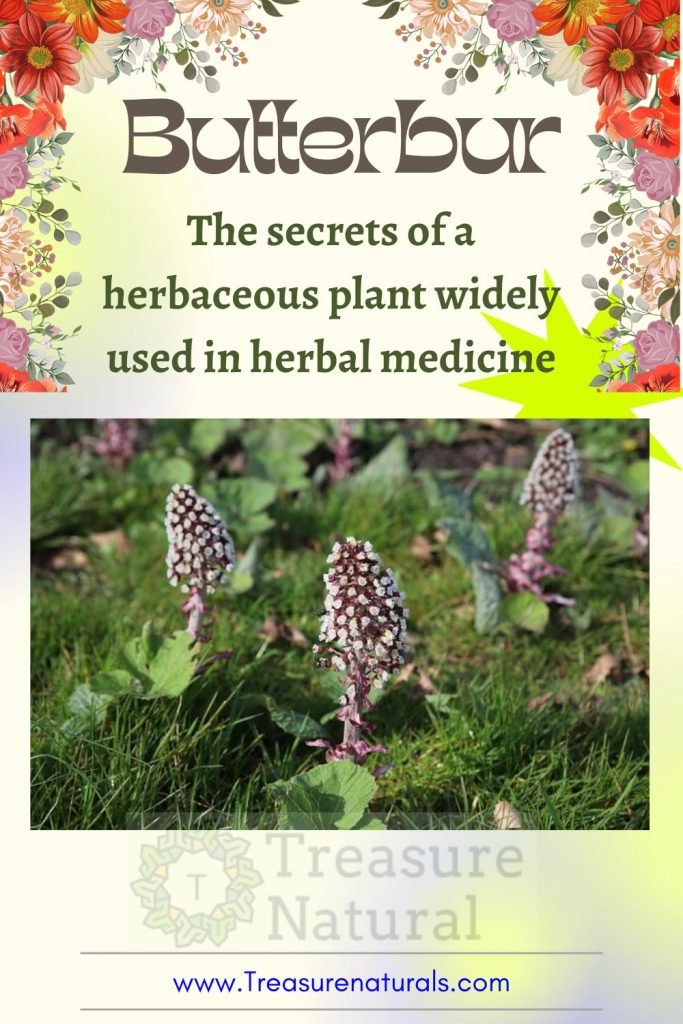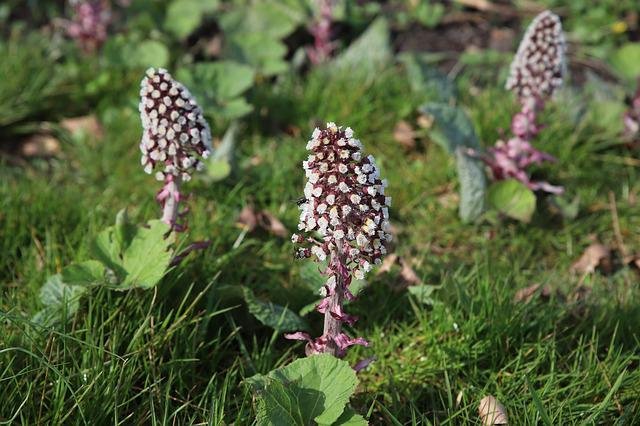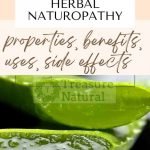
Do you know butterbur? Behind this so characteristic name lies a herbaceous plant used as a medicinal plant in the herbal field. Known since ancient times, it has a characteristic shape, similar to that of a hat, and large leaves that resemble the shape of a heart. However, it is a plant to be used with caution given the high concentration of alkaloid substances that could have toxic effects on human health.
Butterbur plant
This plant, whose scientific name is Petasites (with its varieties), belongs to the botanical family of the Compositae. Its botanical name derives from the Greek petasos and refers to the hat whose shape resembles the leaves of this plant. In popular language it is also known as lampazzo, greater toxin, lavasse, barde and petasite.
Butterbur where it grows
Its natural habitat is represented by areas characterized by a harsh climate and not very sunny. It is found mainly in woods or in the mountains. This plant is easily recognized for its particular external characteristics, especially the shape and size of the leaves.
White butterbur
The white one is the most widespread variety of this plant on the national territory. Its scientific name is Petasites albus.
Appearance of the plant
It is an easily recognizable plant: the main feature is probably given by the shape of the butterbur leaves. They are easy to recognize due to the particular heart shape.
Butterbur flower
The flowering period is variable in relation to the different varieties of this plant. Butterburs generally begin flowering from January.
Butterbur property
The therapeutic properties of this plant make it a natural remedy useful for use in phytotherapy and herbal medicine. Among the most renowned properties of this plant are antifungal and anti-inflammatory ones. Furthermore, this botanical variety is also useful for those with symptoms affecting the gastrointestinal and urogenital tract. It also has interesting properties that are also useful for skin care, especially in case of redness or to take advantage of its purifying effectiveness.
Butterbur drug
The drug of the plant consists of rhizomes and leaves.
Butterbur what it is for
The uses of this interesting plant are many although it is always necessary to evaluate the potentially toxic effect due to the presence of alcaoids. It cannot therefore be considered completely safe and free from side effects and this leads to prefer other types of botanical varieties. However, these plants tend to be used as herbal and phytotherapeutic remedies or in the kitchen.
Butterbur migraine
Thanks to its antispasmodic efficacy, it is also used as an interesting natural remedy to combat migraines. Better, however, to make a very moderate use of it since the studies on the efficacy are limited while the potential effects of toxicity are known.
Butterbur and allergies
It is also considered a useful plant as a natural remedy for those suffering from seasonal allergies and ailments such as allergic rhinitis or for asthma attacks. However, it is necessary to carefully evaluate the use of this product which, although natural, can have serious side effects if used in a massive and prolonged way.
Farfaraccio herbal medicine
As a natural remedy in herbal medicine it is widely used to relieve symptoms related to coughs and colds. Further applications are those for cosmetic use. The plant has a purifying action on the skin of the face and has an anti-redness efficacy in case of skin irritation by applying a mask made with the extracts obtained from the plant.
Butterbur medicinal herb
Despite its criticalities, it is recognized as a medicinal plant whose extracts were known and used since ancient times.
Butterbur recipes
Some parts of this plant are edible. For example, the stems of the leaves of this botanical variety can be eaten after boiling them and mixed with other vegetables, such as, for example, Swiss chard. Their flavor is similar to that of other vegetables such as asparagus. The freshly picked leaves can be used to prepare herbal teas and infusions.
It is therefore a plant that is also used for culinary use, both as a vegetable, and finally for the preparation of infusions and herbal teas.
Butterbur contraindications
The use of this plant is contraindicated for some categories of people, such as pregnant or breastfeeding women. It is also necessary to pay particular attention to the interaction of this plant with other drugs with which it could interact. The contraindications on the use of this natural ingredient are also linked to the presence of alkaloid substances.
Butterbur side effects

Potential side effects are attributed to the high concentration of alkaloids contained within this botanical variety. In particular, attention should be paid to the potential toxic effect on the liver. Therefore, it is better to avoid taking high quantities, especially for people who suffer from liver problems.






